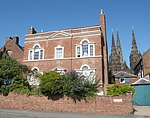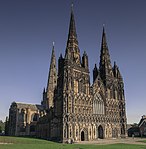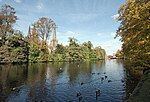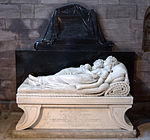Lichfield Cathedral School
Cathedral schoolsChoir schools in EnglandChurch of England independent schools in the Diocese of LichfieldEducational institutions established in the 14th centuryIndependent schools in Staffordshire ... and 2 more
Lichfield CathedralSchools in Lichfield
Lichfield Cathedral School is an independent day school in the city of Lichfield, Staffordshire, England. It traces its lineage to the 14th century when Lichfield Cathedral made provisions to educate its choristers. The school in its current form now educates over 400 boys and girls from nursery to sixth form. While the school still serves its primary purpose of educating choristers of the cathedral, it is open to pupils of all faiths.
Excerpt from the Wikipedia article Lichfield Cathedral School (License: CC BY-SA 3.0, Authors).Lichfield Cathedral School
The Close, Lichfield Dimbles
Geographical coordinates (GPS) Address Nearby Places Show on map
Geographical coordinates (GPS)
| Latitude | Longitude |
|---|---|
| N 52.685 ° | E -1.832 ° |
Address
The Close
WS13 7LF Lichfield, Dimbles
England, United Kingdom
Open on Google Maps










